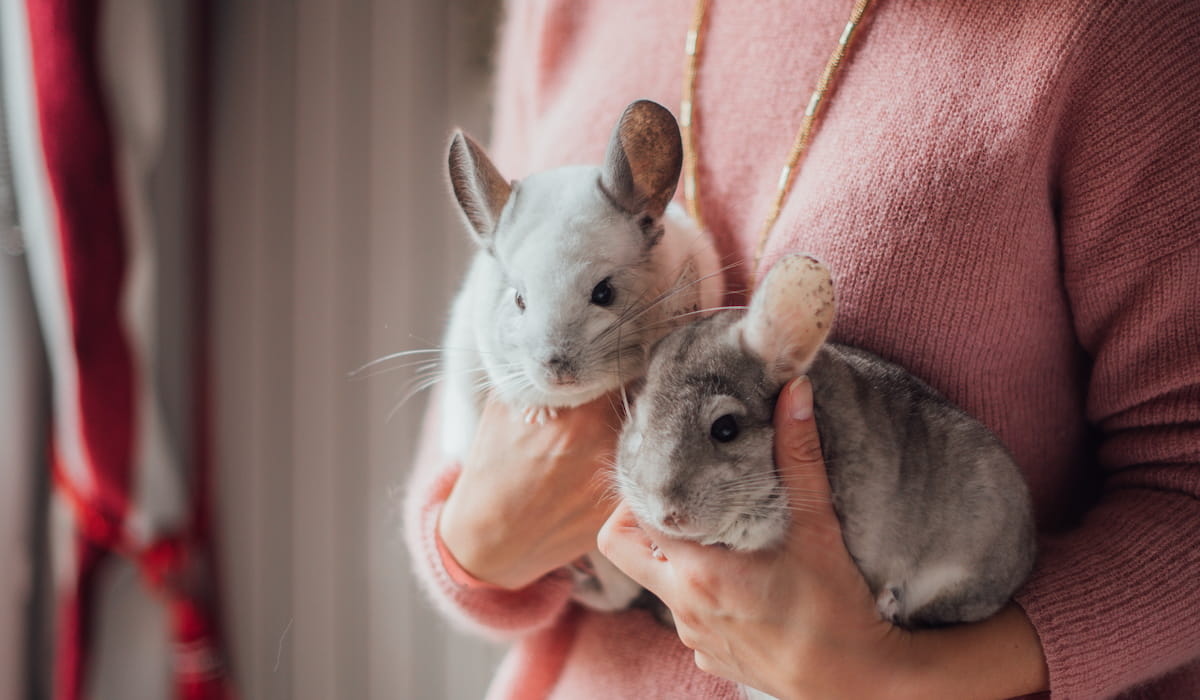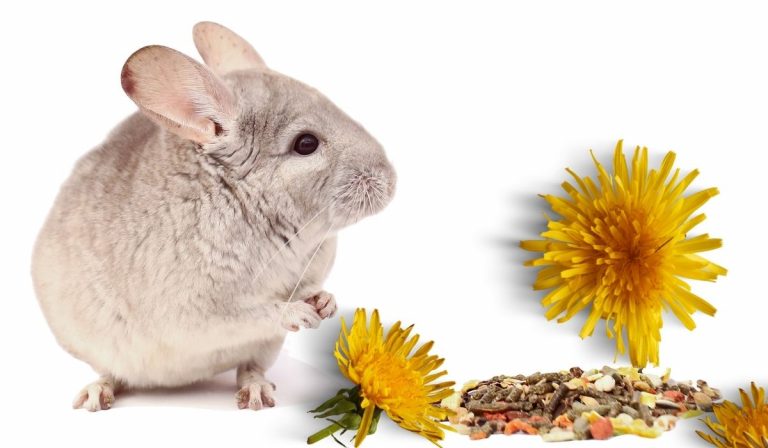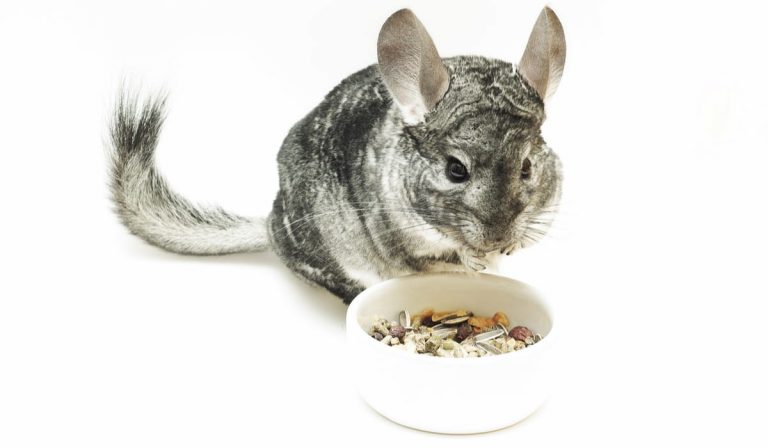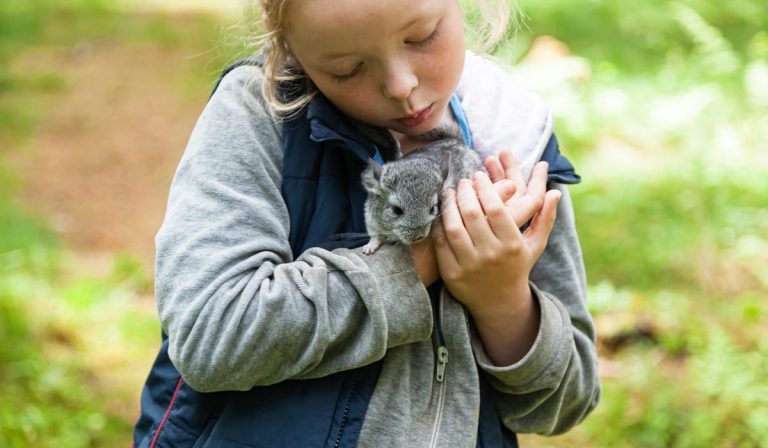Taming Your Chinchilla
Chinchillas may make great pets, but they have anxious temperaments that can make them flighty, skittish, and reluctant to spend much time with you when you first bring them home.
This is typical behavior for a pet with wild traits and a desire for being among other animals of its kind.
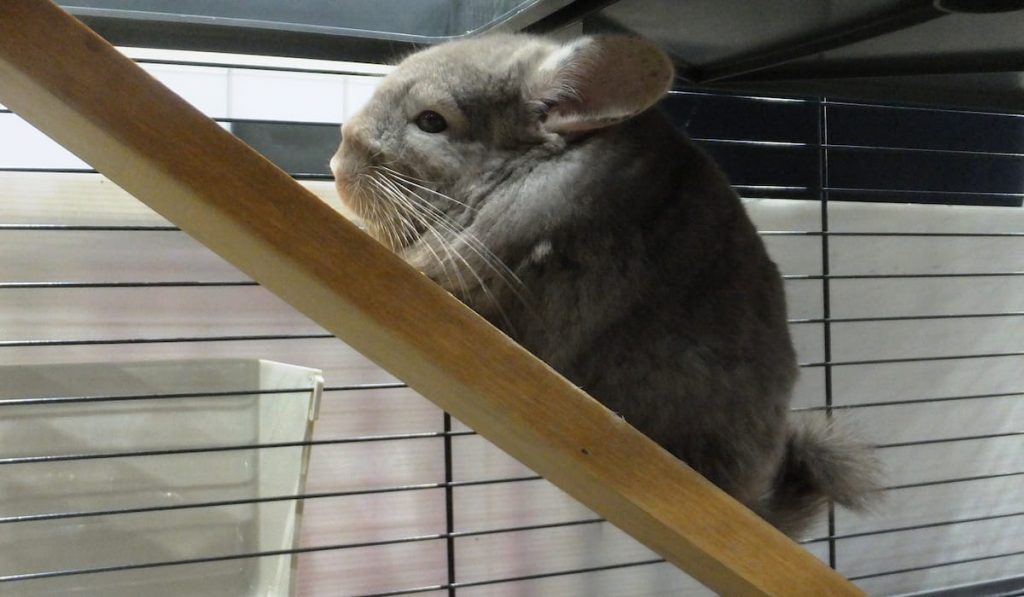
How long does it take to tame your Chinchilla?
When it comes to taming a pet chinchilla, the process may take many weeks and starts the day you take your Chinchilla home. Love, patience, and care will help convince your pet that you do not pose a danger and teach it to become a great companion.
Tame in stages
A chinchilla must be trained by following a series of stages that must be completed for the Chinchilla to be successfully tamed.
1. Bringing your Chinchilla home
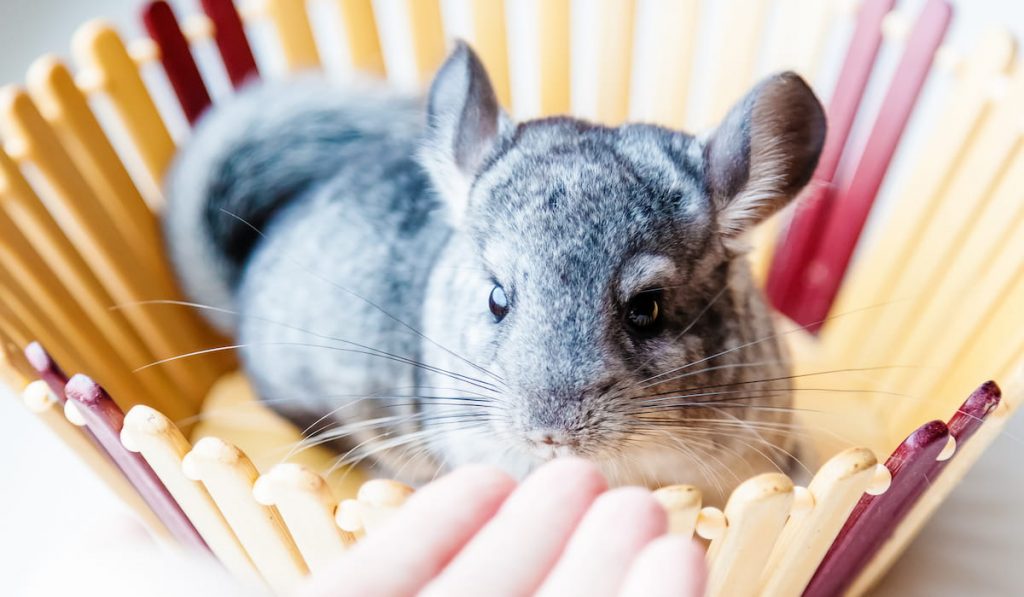
Create the perfect environment for your new pet- You cannot begin taming your Chinchilla unless she feels secure and comfortable in her new environment.
Providing her with a comfortable space when you welcome her home will assist her in adjusting to her new surroundings with the least amount of fear and anxiety possible.
Chinchillas are big rodents that like jumping, necessitating a spacious cage. Provide a nesting box for your Chinchilla on the lowest level of the cage. This offers her a spot to flee if she wants to conceal herself or enjoy some solitude.
Make the first day count. When she arrives at your house for the first time, take care not to overstimulate or stress her out too much.
On the first day, give her a little raisin as a token of your goodwill, but don’t overindulge her with goodies. Her digestive tract is delicate, and she must gradually get used to her new eating habits.
Make her new surroundings as quiet as possible. To create a comfortable environment for your pet, you should make certain that the house is peaceful and quiet during the first several weeks.
Chinchillas and other rodents are not particularly fond of noisy environments, but they may learn to endure higher levels of noise if they have been acclimated.
It would be best if you confined her to an isolated room, far from other pets and children, as well as TVs and other sources of background noise.
2. Touching the Chinchilla
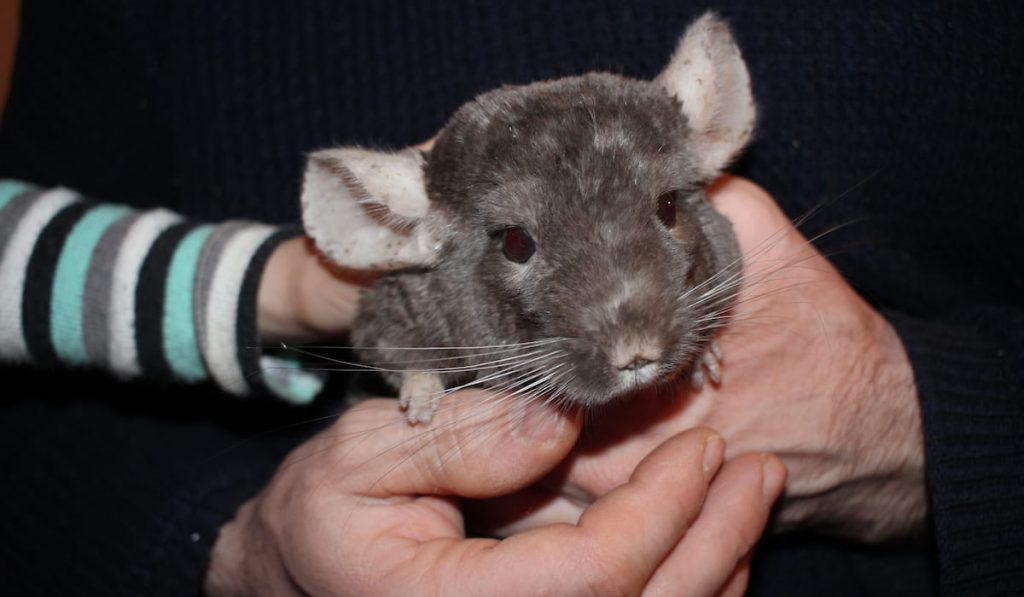
It would be best if you refrained from touching her right away- Your Chinchilla is probably a little overwhelmed at first as she adjusts to the sights and noises of her new environment.
Give her enough breathing room- For the first several weeks or so, you should let your Chinchilla be. Allowing the Chinchilla to become acclimated to its odd new surroundings will be beneficial.
Feed her and water her regularly, and only handle her when necessary to clean her cage.
While you’re in the room with her, speak in a gentle, soothing tone to her. During the first few days, you may see her hiding, squeaking, or barking; these are indications of worry and should progressively become less frequent as you continue to comfort her and make her feel safe gently.
Chinchillas are inherently friendly creatures, but some are more nervous than others, and it may take them many days to weeks before they are comfortable enough to be held in your arms.
You may do a few things in the interim to assist her in becoming accustomed to your smell and physical presence while getting acquainted with you. Simple things like spending time in her room and chatting to her in a soothing and relaxed voice in her cage will suffice during the first few days.
3. Getting the chinchilla used to being petted
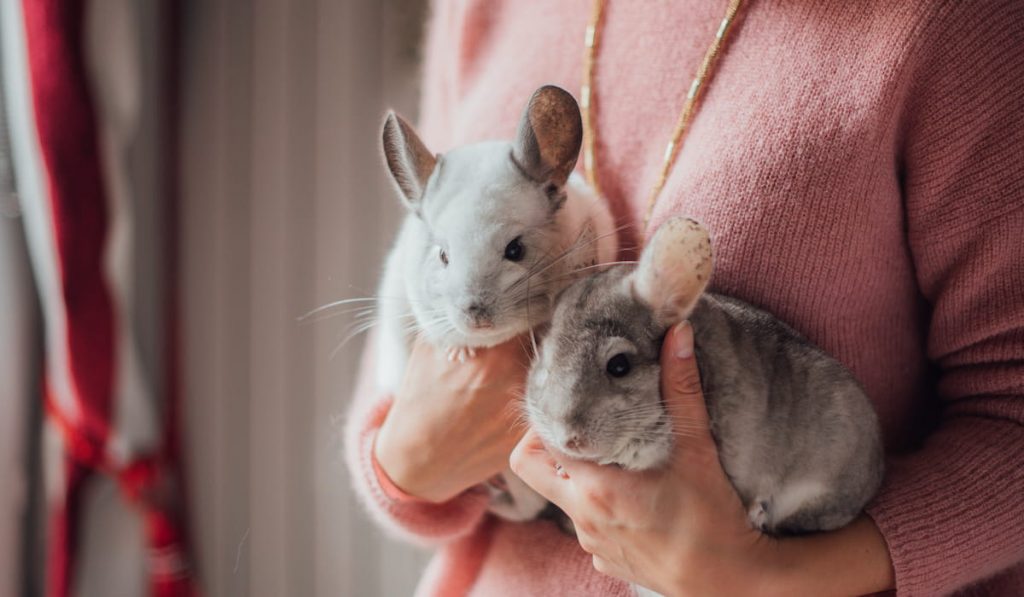
Let her get used to being petted. When you see that she has become more comfortable in your presence and is not behaving anxiously, you may begin to make tiny motions with your fingers to stroke the fur on her body.
If you can do this while she is inspecting your arm and hand via the open cage door, that is a wonderful idea. However, make sure you have the room closed off in case she escapes out of the open cage entrance.
For the first few times, your finger motions should be extremely delicate so that she is not startled. You’ll be able to tell when it’s appropriate to pet her more aggressively once you’ve tested the waters. Always be careful with her and avoid touching her face or anywhere near her tail.
You should avoid making abrupt movements or loud sounds when handling her at all times. Always keep in mind that chinchillas are typically high-strung and quickly frightened.
Allow her to walk around your hand and lap. As she gets more confident, she is likely to begin to stroll on your arm or hand, or perhaps out from the cage onto your lap once she becomes more confident.
Permitting her to explore and keeping her from falling is preferable to grabbing and holding her. This will assist her in realizing that you are a reliable source of comfort rather than a potential danger.
Even though you may be tempted to give her goodies to entice her into coming to you, it is better to wait till you have developed a trusting connection with her before you begin to feed her food.
Otherwise, she may link you with goodies rather than with friendship, and she may get dissatisfied with spending time with you if she does not receive a reward.
4. Giving the chinchilla space
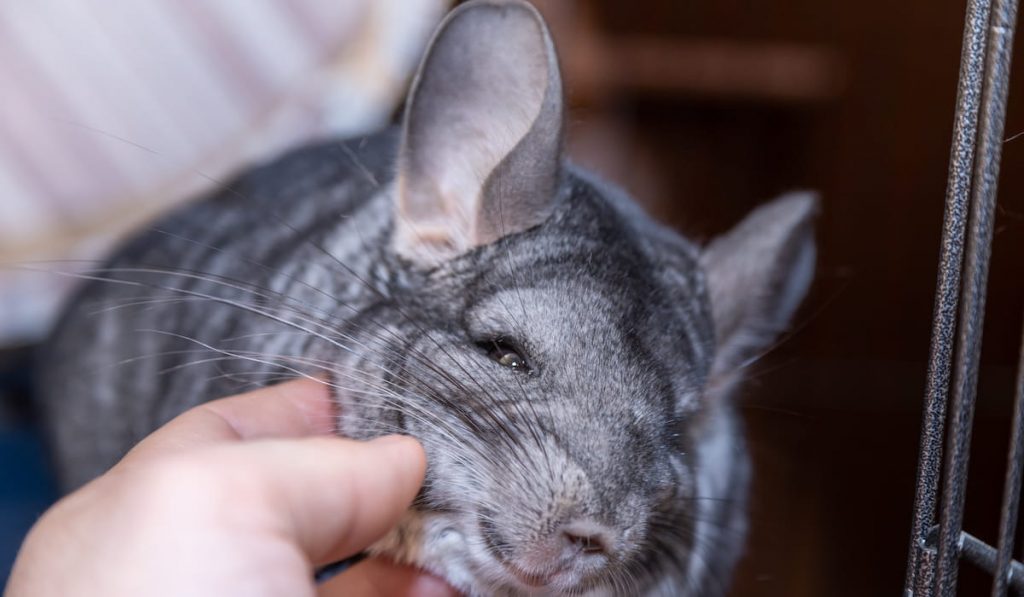
Don’t hold her for an extended length of time. Even the friendliest and most docile Chinchilla does not want to be restrained and does not like being handled for extended periods in one place. They are restless and active animals that like to spend their time exploring rather than sitting motionless.
Pay close attention to her body language. If she begins to wriggle, squeal, or otherwise seems distressed or nervous, put her down immediately.
Rather than attempting to hold her for lengthy amounts of time, try to hold her a few occasions a day for short durations of time instead.
5. Socializing may not be the answer
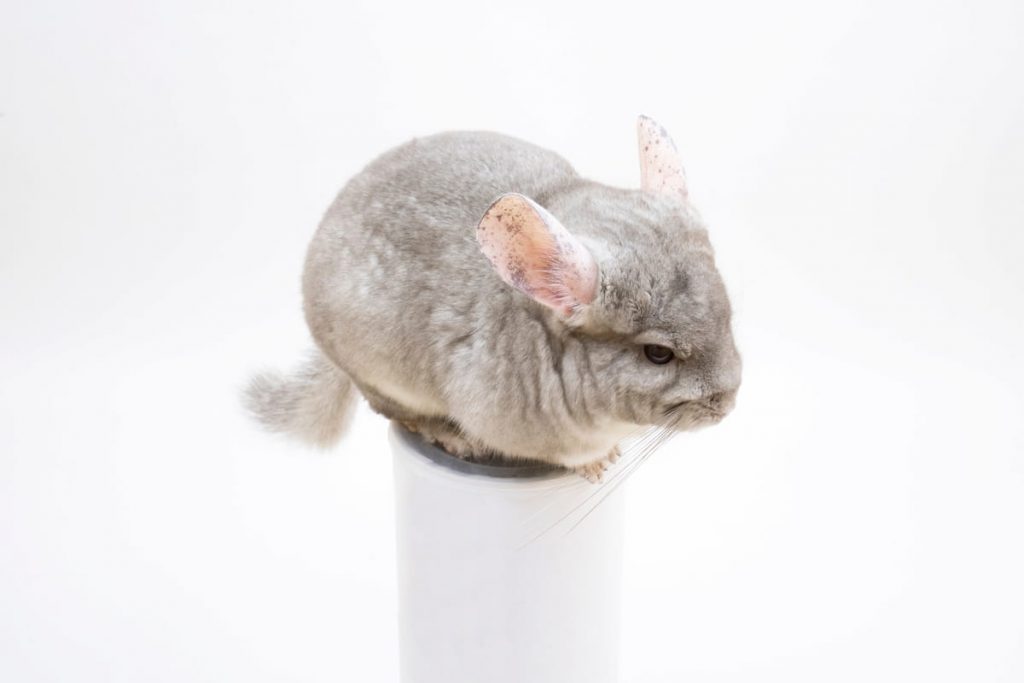
Wait a few months after you’ve trained her before introducing her to other people, and then do so gently and patiently, allowing her to take the initiative by smelling the person’s hand and deciding whether or not she wants to climb on their open palm.
If you buy your Chinchilla when it is a young age, you will have the best chance of successfully socializing it to like being with other people.
However, if you happen to come across an older chinchilla that was not properly socialized as a young animal or one that has been neglected or abused, you will need to take extra precautions to increase your chances of successfully taming the animal.
Before adopting a badly socialized pet, you should be informed that there are no assurances that the pet can be rehabilitated. Depending on your situation, you may never reach a stage where your new pet is comfortable handling them or even being in the same place with you.
The most you can do for your pet if she has been badly abused or is naturally more nervous, may be acknowledging that the most you can do is make her comfy and properly fed in her cage.
The most important thing is to be patient. Chinchillas that are very frightened may need many weeks of gradual acclimation to your presence, including smelling your hand and listening to your voice, before they’ll be pleased with a gentle touch.
If you have a very nervous chinchilla:
- Avoid approaching the cage if she is vocalizing or appearing agitated, except for providing food, water and cleaning the cage. Do these things swiftly and efficiently, but not so fast that you frighten her even more.
- Avoid staring her in the eyes since this may be a frightening experience for a chinchilla. Rather than this, sit near her cage and gaze at her cage with closed eyes, saying things like “Good girl” in a calm and comforting manner.
- Make a special effort to provide goodies. It is not a good idea to provide treats to a pet chinchilla daily; but, a treat may be quite effective as a sign of goodwill, helping your chinchilla connect you with pleasant things rather than fearful things.
Try putting a few organic oats in the palm of your hand to encourage her to come closer to your side.
Conclusion
Chinchillas are one of the easiest wild animals to tame and keep as a pet.
All processes must be followed to the letter to guarantee that this process is successful.
The methods for taming chinchillas are covered in detail above.
Resources
- https://www.thesprucepets.com/chinchillas-1236769
- https://www.wikihow.com/Tame-Your-Chinchilla
- https://infolific.com/pets/chinchillas/tame-my-pet-chinchillas/
- https://www.cuddlebugchinchillas.com/information/taming.html
- https://friendsanimals.com/blog/articles/664-how-to-tame-a-chinchilla-guard-yourself-with-patience
- https://www.petassure.com/new-newsletters/chinchillas-are-fun-and-friendly/

